Rain drops on screen – notexture
https://www.shadertoy.com/view/MlfBWr
Shader code
shader_type canvas_item;
#define iResolution 1.0/SCREEN_PIXEL_SIZE
#define iTime TIME
#define fragColor COLOR
uniform sampler2D iChannel0;
uniform float frequency : hint_range(-10.0, 4.0, 0.1) = 0.0;
uniform float size : hint_range(0.001, 0.05, 0.001) = 0.015;
// Author: Élie Michel
// License: CC BY 3.0
// July 2017
vec2 rand(vec2 c){
mat2 m = mat2(vec2(12.9898,.16180),vec2(78.233,.31415));
return fract(sin(m * c) * vec2(43758.5453, 14142.1));
}
vec2 noise(vec2 p){
vec2 co = floor(p);
vec2 mu = fract(p);
mu = 3.*mu*mu-2.*mu*mu*mu;
vec2 a = rand((co+vec2(0.,0.)));
vec2 b = rand((co+vec2(1.,0.)));
vec2 c = rand((co+vec2(0.,1.)));
vec2 d = rand((co+vec2(1.,1.)));
return mix(mix(a, b, mu.x), mix(c, d, mu.x), mu.y);
}
void fragment()
{
vec2 u = UV,
v = UV * 0.1,
n = noise(v*200.); // Displacement
fragColor = textureLod(iChannel0, u, 2.5);
// Loop through the different inverse sizes of drops
for (float r = 4. ; r > frequency ; r--) {
vec2 x = iResolution.xy * r * size, // Number of potential drops (in a grid)
p = 6.28 * u * x + (n - .5) * 2.,
s = sin(p);
// Current drop properties. Coordinates are rounded to ensure a
// consistent value among the fragment of a given drop.
//vec4 d = texture(iChannel1, round(u * x - 0.25) / x);
vec2 v = round(u * x - 0.25) / x;
vec4 d = vec4(noise(v*200.), noise(v));
// Drop shape and fading
float t = (s.x+s.y) * max(0., 1. - fract(iTime * (d.b + .1) + d.g) * 2.);;
// d.r -> only x% of drops are kept on, with x depending on the size of drops
if (d.r < (5.-r)*.08 && t > .5) {
// Drop normal
vec3 v = normalize(-vec3(cos(p), mix(.2, 2., t-.5)));
//fragColor = vec4(v * 0.5 + 0.5, 1.0); // show normals
// Poor man's refraction (no visual need to do more)
fragColor = texture(iChannel0, u - v.xy * .3);
}
}
// Debug noise function
//f = vec4(n, 0.0, 1.0);
}
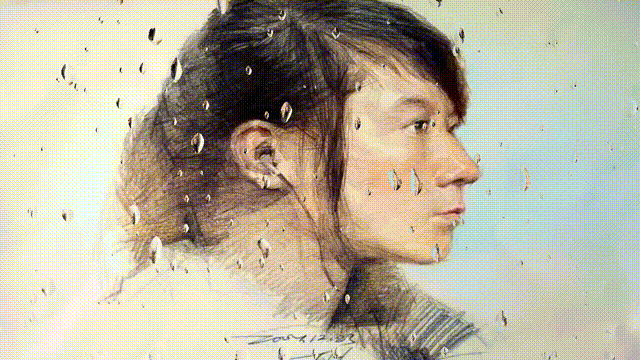


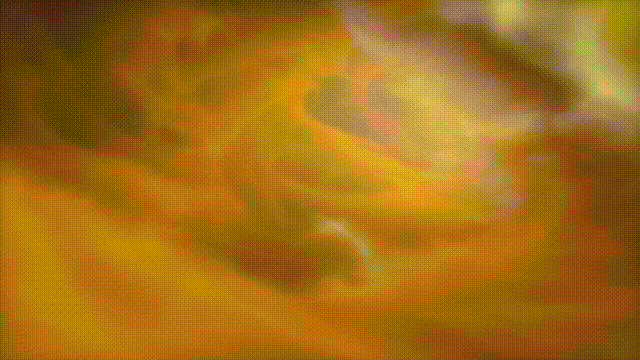
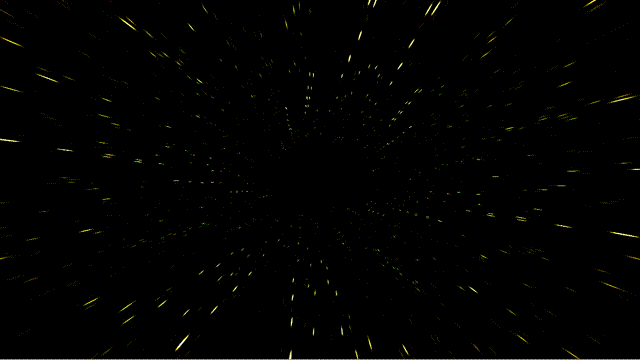
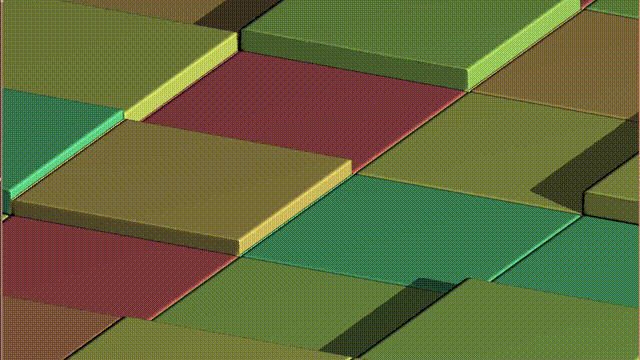
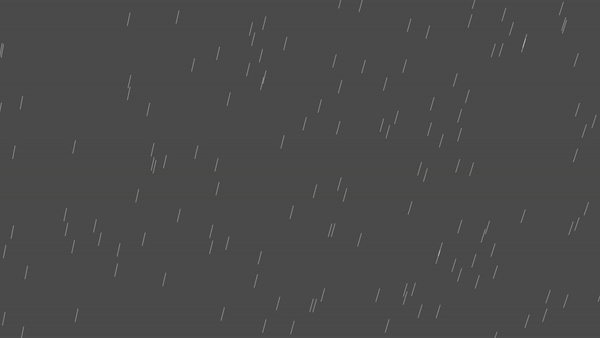

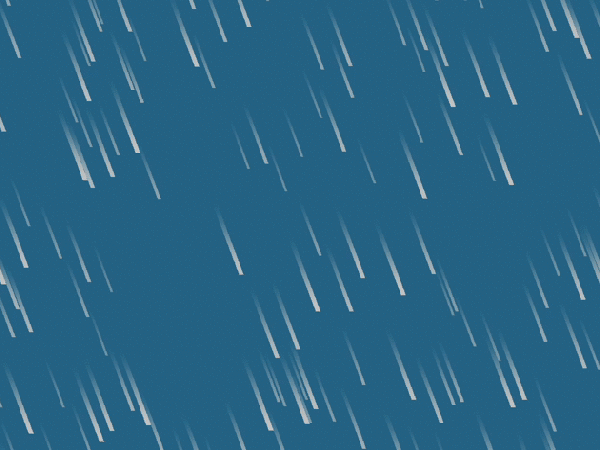
how can we make the drops fall and leave a trace?